If you are a business that’s involved in electrical installations, operations or maintenance, then it’s important for you to understand the differences between two testing methods used to determine safety and insulation resistance: High Pot Test vs. Megger tests. Both of these tests are conducted using specialized equipment that measure potential differences and generate currents which can test for any faults in an electrical circuit. In this blog post, we will be exploring the various aspects of both these tests – their advantages and disadvantages – so as to help you make an informed decision about which one is best suited for your needs. So let’s jump right into our comprehensive breakdown of High Pot Tests vs. Megger tests!
What Is a High Pot Test?
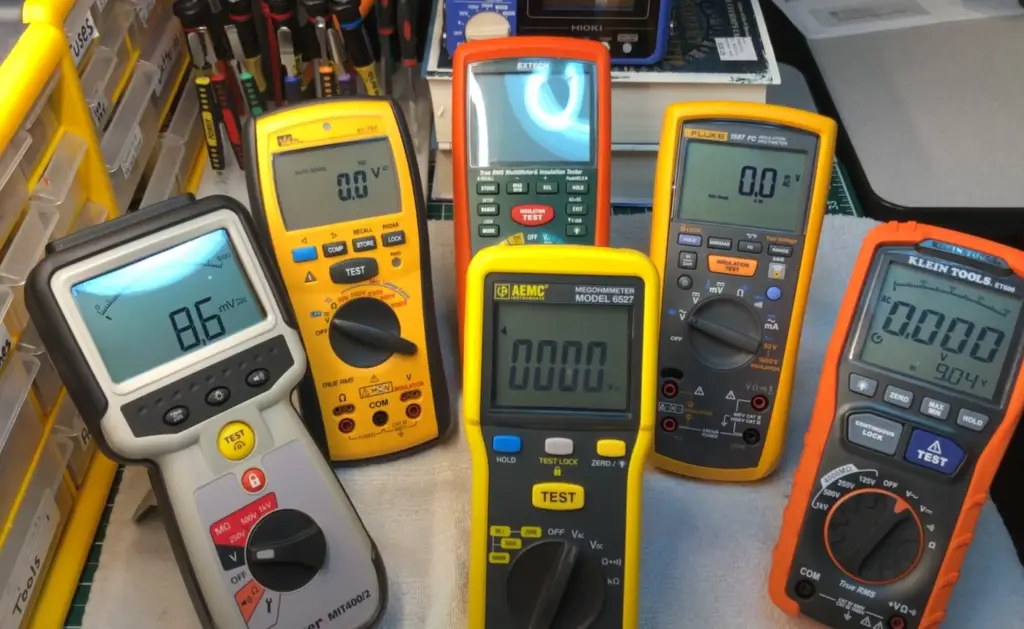
This type of test can help identify potential weak spots in connections that may be prone to shorting, and also helps detect areas where the insulation has been compromised or weakened over time. The test is performed by applying an alternating current (AC) voltage—usually several thousand volts—to the connection for a specified amount of time. If there are any issues with the insulation, such as cracking, thinning, or general aging, they will become visible during this test.
What Is a Megger?
A Megger is a device used to measure insulation resistance in electrical equipment and systems. It works by producing a high voltage (up to several thousand volts) between two test leads connected to the test object. The amount of current flowing through the circuit is then measured, which can be used to determine the level of insulation resistance in the system. In addition to testing for insulation resistance, a Megger can also detect faults or weaknesses that could lead to problems with the system’s performance or safety.
High Pot Test vs. Megger: What’s the Difference?
Measurements
Measurements of electrical insulation are an important aspect of electrical safety and maintenance. Two common testing methods used to measure the resistance of insulation are the high pot test (also known as a dielectric withstanding voltage or DWV test) and the megger test.
The high pot test involves connecting a DC voltage source between two conductors, allowing for leakage current to flow from one conductor to the other through any insulation in between them. The amount of current that leaks is then measured by a current meter. This measures the ability of insulation to resist electrical breakdown at higher voltages. The high pot test can be used to test cables, motors, transformers, and circuit breakers. [1]
The megger test involves applying AC voltage between two conductors and then measuring the amount of current that leaks between them. This method can be used to test various electrical components including motors, switchgear, generators, transformers, and cables. The megger test can measure insulation resistance at voltages that are lower compared to those used in the high potential (hipot) test.
Techniques
The high pot test technique involves connecting the DC voltage between two conductors and measuring the amount of current leakage. This gives an indication of how well the insulation is able to resist electrical breakdown at higher voltages. The high pot test can be used on components such as cables, motors, transformers, and circuit breakers.
The megger test technique uses an AC voltage source between two conductors and measures the amount of current leakage. This allows for lower voltage insulation resistance measurements than the high pot test. The megger test can be used to measure insulation resistance in a variety of electrical components including motors, switchgear, generators, transformers, and cables.
Test Voltage
A High Pot Test is performed using a higher voltage than a Megger test. This is because the high voltage helps to detect any insulation breakdowns that may be present in the system, which can help identify potential problems before they become more serious or cause damage. The exact voltage used will vary depending on the application and the system being tested, but typically ranges from 1000 V up to 50 kV or more.
Megger tests are performed at lower voltages, usually around 500 V AC for cables and systems with an operating voltage of less than 1000 V AC. They are mainly used to check for insulation resistance between conductors and/or between non-current carrying components such as terminal blocks. [2]
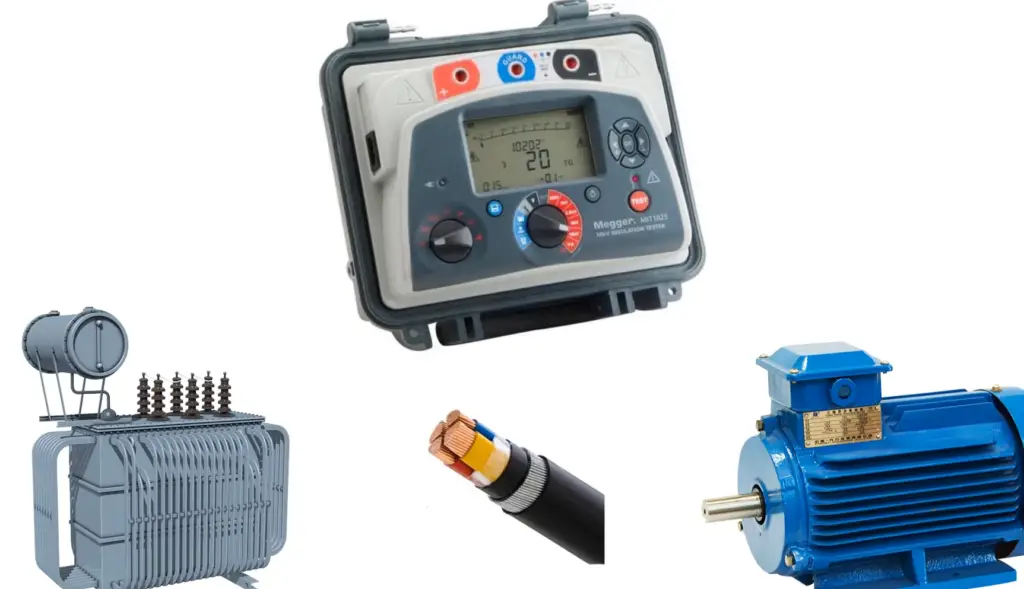
Leakage Current
High Pot Tests measure the leakage current of a system or cable, which can indicate whether there are any faults or shorts present in the insulation surrounding exposed conductors. It is important to note that this is not always an accurate indication of insulation quality, as it does not detect gradual deterioration over time. Megger tests do not measure leakage current and so cannot be used to assess insulation quality in this way. However, they can still provide valuable data about the integrity of cables and systems by measuring their resistance to electrical flow.
Uses
High Pot Tests are commonly used in industrial settings such as factories, while Megger tests can be used for both commercial and residential applications. They are also used to test the insulation of high-voltage transformers and other electrical equipment. Both tests can provide important information about the condition of cables and systems, so it is important to understand the differences between them when selecting the right test for a particular application.
What Is The Difference Between Insulation Test And Hipot Test?
The main difference between an insulation test and a high potential (hipot) test is the level of voltage applied to the equipment. An insulation test typically applies a voltage from 0V to 1000V, while a hipot test applies voltages significantly higher than 1000V – usually up to several thousand volts. The purpose of this difference is that the hipot test helps detect any faults or weak spots in the insulation of cables, components, and other electrical equipment that would not be detected by lower-voltage tests. This makes it much easier for technicians to identify potential problems before they become major issues.
In addition, hipot tests also help confirm that all insulation materials are intact and properly installed on insulated components and conductors. This helps ensure the safety of workers and equipment by reducing the risk of electric shock, fire, or other hazards caused by insulation failure.
Both insulation tests and hipot tests are important for ensuring the long-term reliability and safety of electrical systems. However, while a Megger test is typically used to perform an insulation test, high-voltage testers such as the Hipotronics tester are specifically designed for hipot testing. It’s important that technicians understand the differences between these two types of tests in order to properly maintain their electrical system.
In summary, the main difference between an insulation test and a hipot test lies in the level of voltage applied: insulation tests use relatively low voltages up to 1000V, while hipot tests use significantly higher voltages up to several thousand volts. This difference makes the hipot test an important tool for detecting weak spots that may not be detected by other testing methods, helping technicians maintain a safe and reliable electrical system. [3]
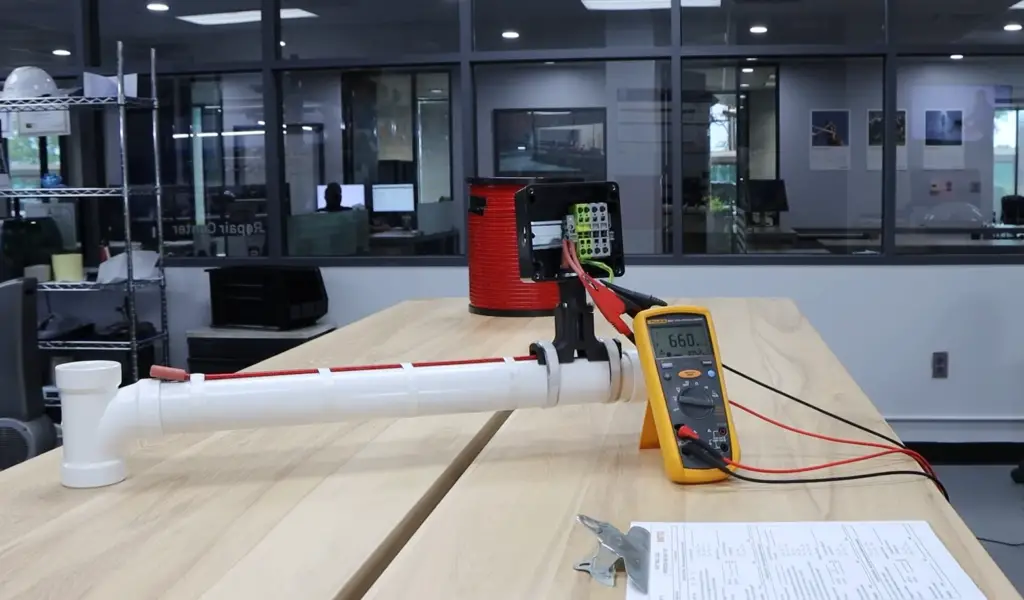
Why Would You Perform A Hipot Test?
These tests are often performed on new and repaired equipment, and they help ensure that the enclosure will not allow discharge of energy to an operator’s body or other parts of the system when it is in operation.
By performing a High Pot Test, you can detect any possible shorts or opens in the insulation before they become hazardous. This type of test also helps identify problems with existing insulation, such as mechanical damage caused by wear-and-tear over time.
High Pot Tests provide a high level of safety for both personnel and equipment because they help to detect any potential electrical shock hazards before they become a problem. Additionally, these tests can help reduce maintenance costs and extend the life of the equipment by detecting weak insulation that can cause problems later on.
So if you want to ensure safe operation of your equipment and protect personnel from electrical shocks, then it’s important to invest in an effective High Pot Test. However, it’s important to note that this type of test is not the same as a Megger test. While both measure insulation resistance, they differ in methods used and results obtained.
Why Would You Perform A Megger?
A Megger is a special type of electrical test that measures insulation resistance. It’s often used to check the condition of cables or other insulation material before and after installation. The results of the test can provide an indication as to whether repairs, replacements, or further investigation may be necessary. A megger can also be used to measure the continuity and/or resistivity of electrical equipment and circuits. This helps ensure that all components are working properly and are safe for use. Additionally, a megger can help diagnose problems with electrical systems by helping pinpoint where the issue lies within a circuit or set-up.
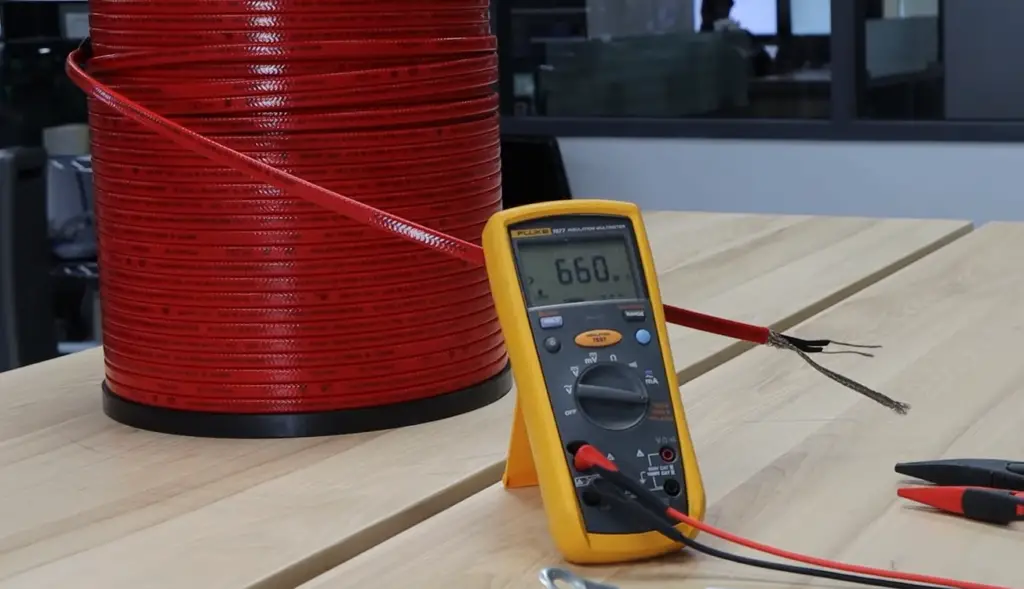
In comparison to a high pot test, which typically provides information on leakage current between two points in a circuit, a megger is more precise and helps to detect insulation resistance between two points. Meggers are also capable of measuring higher voltages than a high pot test, making them ideal for testing cables used in industrial settings which often require higher voltage ratings. Furthermore, meggers can provide an indication if there is excessive moisture present within the insulation material which can be indicative of potential safety risks. [4]
Is Hipot Testing Destructive?
Hipot testing can be destructive depending on the voltage used and how it’s applied. At high voltages, electric arcs may occur which can cause damage to components that may lead to product failure. This is why it’s important to determine the appropriate test voltage for a given application as well as the duration of the test. Additionally, improper use of high-voltage testing equipment poses risks such as fire and electrocution hazards. Therefore, Hipot tests should only be completed by qualified personnel who are familiar with all safety procedures associated with this type of testing.
Megger Testing is non-destructive when done properly. By using relatively low resistor values, current draw through any component or circuit under test will be minimal and will not cause any damage. This is because the current draw is too low to cause arcing or thermal heating of components. Additionally, by using a multimeter to measure the resistance between two points, it’s possible to detect any unintended resistance in the circuit which may indicate a fault before it causes damage or disruption. Megger testing can also verify insulation performance without risking damaging any component during testing.
Choosing The Right Test Equipment
When it comes to high voltage test equipment, there are two main types: the High Pot Test and the Megger. Both devices measure electrical insulation resistance in different ways, so what is the difference between them and which one should you use?
The first device, a High Pot Test, tests for electrical insulation by applying a high DC or AC voltage across the circuit under test. This method is considered safer than other testing methods because it does not require contact with live wires and can be done from a distance.
The second device, a Megger, measures an electrical circuit’s insulation resistance by using low-voltage DC currents. This technique requires direct contact with the test object and requires more time to complete the procedure.
When it comes to choosing the right equipment for testing insulation resistance, there are several factors to consider. For example, if you need to test a circuit with high voltage or current levels, such as an industrial transformer, then the High Pot Test is best suited for this type of application. On the other hand, if you are looking to do smaller scale tests with low-voltage circuits then a Megger would be more suitable.
Another factor to consider when selecting testing equipment is cost. The High Pot Test is generally more expensive than the Megger due to its increased safety features and capabilities. Additionally, some tests may require specific safety measures that only a High Pot Test can provide, such as overvoltage protection and arc detection.
It is important to consider all factors before choosing which test equipment is best for your application. The High Pot Test and the Megger both have their advantages and disadvantages, so be sure to research thoroughly before making a purchase. Ultimately, selecting the right equipment will depend on what needs to be tested and any safety protocols that must be followed. By taking the time to compare different types of test equipment, you can ensure that you make an informed decision when it comes to choosing the best testing solution for your needs. [5]
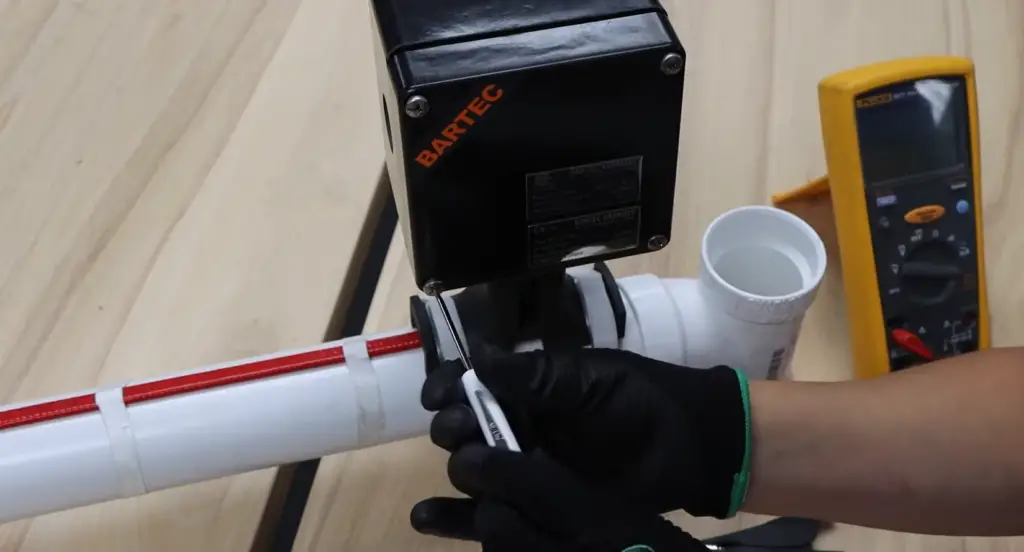
FAQ
What is the difference between hipot test and megger?
A hipot test, also known as a high potential (or “high pot”) test, is used to check for electrical insulation integrity and detect any insulation flaws in electrical components. It involves passing a high voltage between two points on an item of equipment to verify that the insulation can withstand the applied stress. A megger test, also called a megohmmeter or insulation resistance measurement, is used to measure electrical resistance of insulating materials such as rubber, plastics, ceramics and other electrically non-conductive materials. It does so by passing a small current through the material under test and measuring the resulting voltage drop across it. Megger tests are usually performed at lower voltages than hipot tests and thus provide an indication of the insulation quality at a given voltage.
What does a hipot test measure?
A hipot test measures electrical insulation integrity by applying a high voltage between two points on an item of equipment to verify that the insulation can withstand the applied stress. It is used for testing electrical components, such as cables, motors and transformers, to ensure they have sufficient resistance to electric current leakage or breakdown.
What does a megger test measure?
A megger test is used to measure electrical resistance of insulating materials such as rubber, plastics, ceramics and other electrically non-conductive materials. It works by passing a small current through the material under test and measuring the resulting voltage drop across it. Megger tests are typically performed at lower voltages than hipot tests, thus providing an indication of the insulation quality at a given voltage.
What is the difference between hipot and megger testing?
The main distinction between hipot and megger testing is that a hipot test measures electrical insulation integrity by applying a high voltage and verifying that the insulation can withstand the applied stress whereas a megger test measures electrical resistance of insulating materials such as rubber, plastics, ceramics and other electrically non-conductive materials by passing a small current through the material under test and measuring the resulting voltage drop across it. Hipot tests are usually done at higher voltages than megger tests, making them more accurate in detecting potential flaws or breakdowns in insulation. The results of a hipot test are often used to set baseline levels for monitoring the performance of electrical components over time, while megger tests are typically used to determine the insulation quality at a given voltage.
Useful Video: How to perform an Insulation Resistance Test (Meg Test)
Conclusion
The high pot test and the Megger are both effective methods of electrical testing, but there is a difference between them. The high pot test allows for quick and easy testing of short circuits while Megger offers more accurate measuring capabilities over a wider range of voltage ranges. Ultimately, it depends on the specific application as to which one should be used. It is important to understand the differences between the two before making a decision on which one is better suited for the job at hand. With that said, both offer reliable results and should be considered when conducting any type of electrical work.
References
- https://www.circuitsgallery.com/high-pot-test-vs-megger/
- https://us.megger.com/blog/january-2019/hipot-or-megohmmeter
- https://www.eng-tips.com/viewthread.cfm?qid=91609
- https://www.electriciantalk.com/threads/hi-pot-vs-megger-testing.125569/
- http://www.gozuk.com/forum/hipot-v-s-megger-test-481057.html





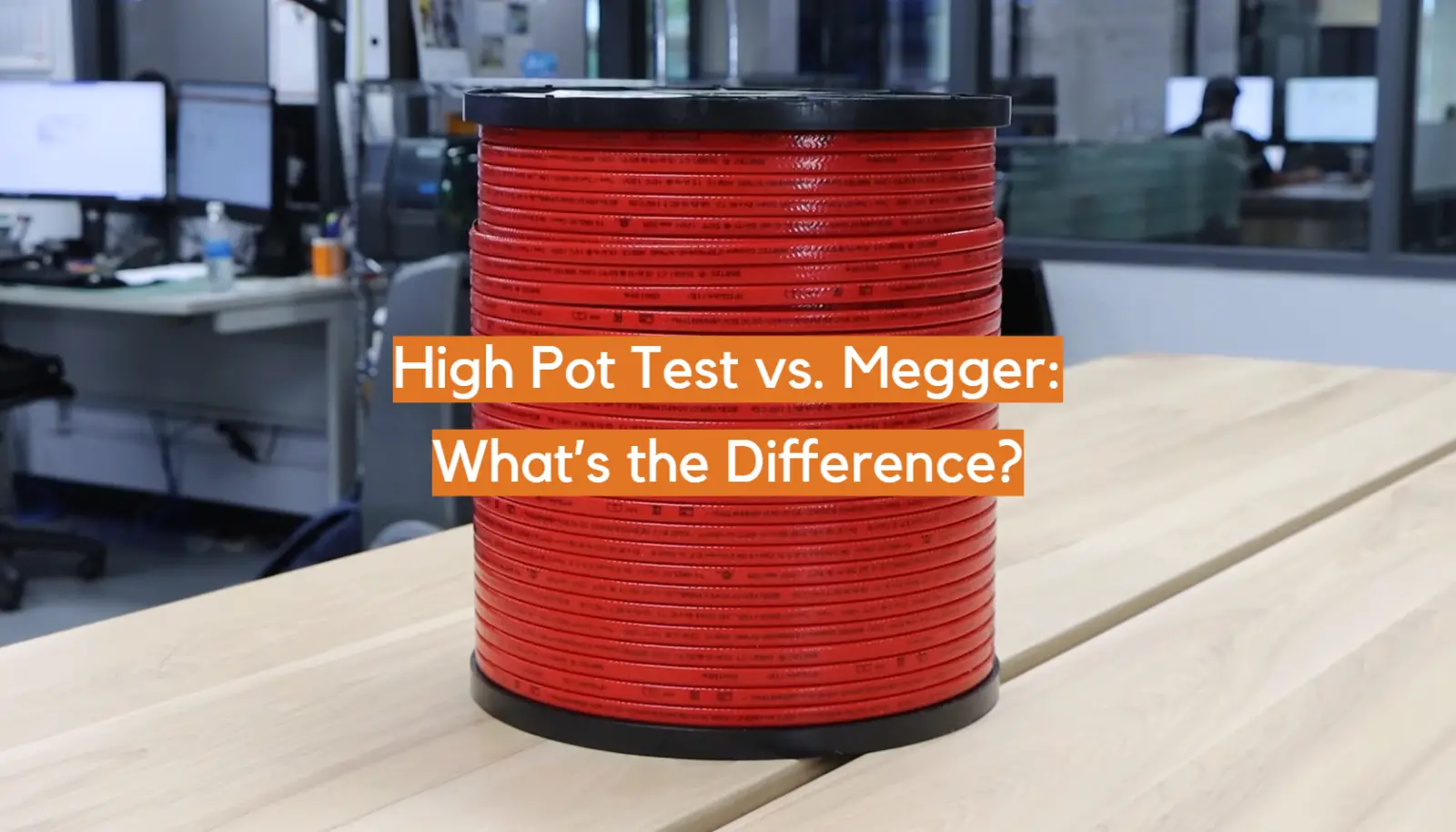





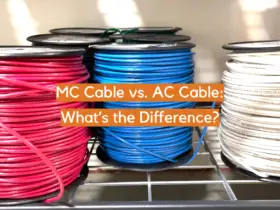
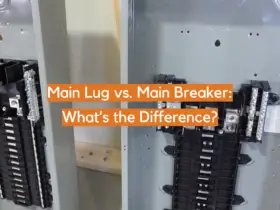

Leave a Reply